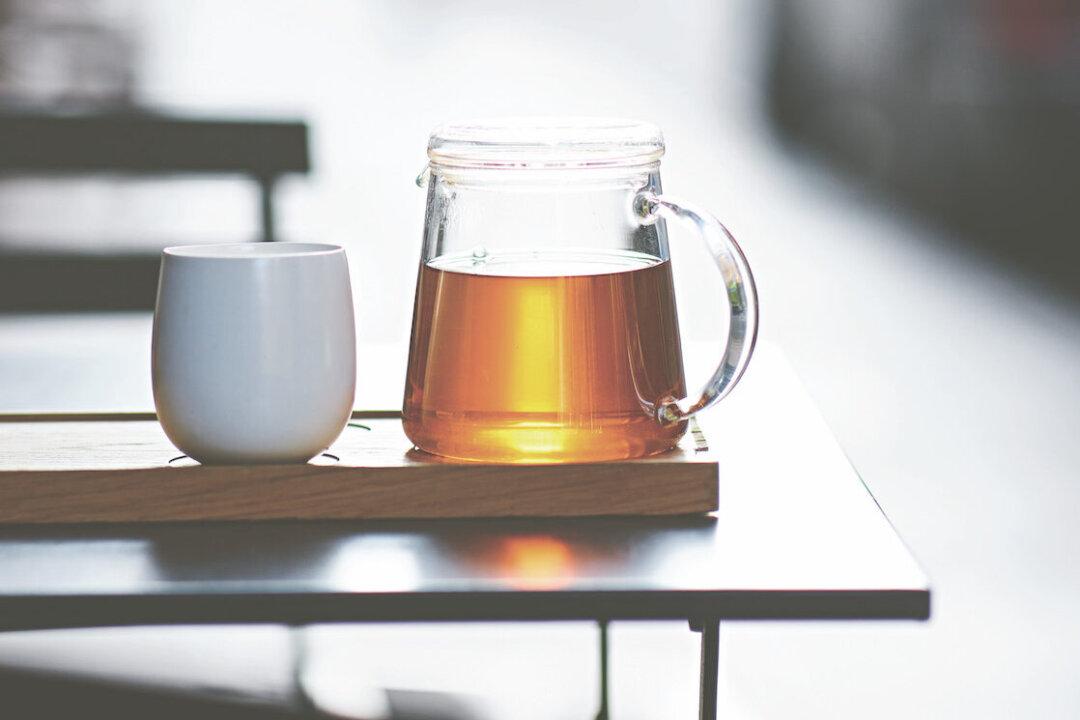Whether you’re a loose leaf aficionado or make your morning cup with tea bags, you’ll know that to make a cup of tea you only need two things—the tea itself and hot water. Getting the water right, therefore, can make the difference between a good cup and an unpalatable one—bad water making even the best leaves taste lackluster.
Freshly Drawn Water
For the liveliest cup of tea you’ll need freshly drawn water. That means don’t just flip the switch on your kettle and reheat water that’s been sitting there already—fill your kettle afresh. The best flavor is drawn out of the tea leaves using oxygen-rich water. Water that has been sitting a while, or more likely boiled over and over again, will lack oxygen, leaving your cup of tea tasting flat.Not only is this one of the easiest ways to improve your morning brew, it is also a good one to get right for the sake of the environment. Although ditching full kettles of old water is no good thing, according to the Energy Saving Trust, if we all got into the habit of filling the kettle with only as much water as we need (rather than filling it to the top each time) that could save enough electricity in a year to power nearly half of all the street lighting in the U.K.

